Technology & robotics
Quick read
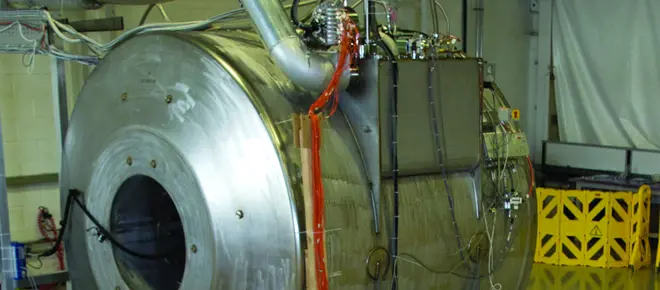
- Health & medical
- Technology & robotics
- Innovation Watch
- Issue 67
Improving access to the gold standard of MRI scanning
Siemens Magnet Technology (SMT), an Oxfordshire-based subsidiary of Siemens Healthcare UK, has developed the first 7 Tesla magnetic resonance imaging (MRI) magnet suitable for clinical applications.
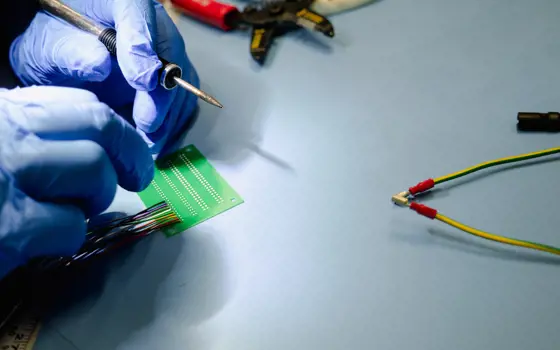
- Electricals & electronics
- Technology & robotics
- Issue 98
The secret world of national security tech
Attracting a new generation of the best engineering talent is at the heart of national security’s bid to stay ahead of rapid technological advances. His Majesty’s Government Communications Centre (HMGCC) explains more about how this is done.
Quick read
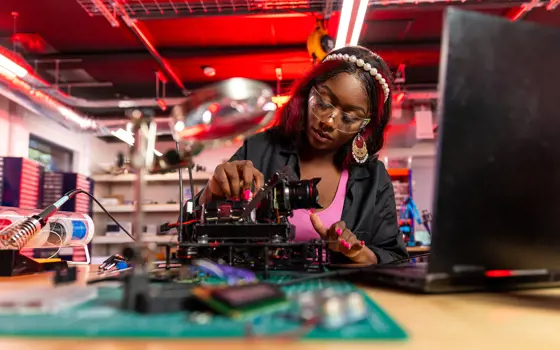
- Electricals & electronics
- Technology & robotics
- How I got here
- Issue 98
Q&A: Eneni Bambara-Abban
Eneni Bambara-Abban got her start in engineering taking apart the toaster as a child. Today, her many roles include robotics engineer, technologist, and founder of The Techover Foundation, an NGO that supports underserved communities into technology.
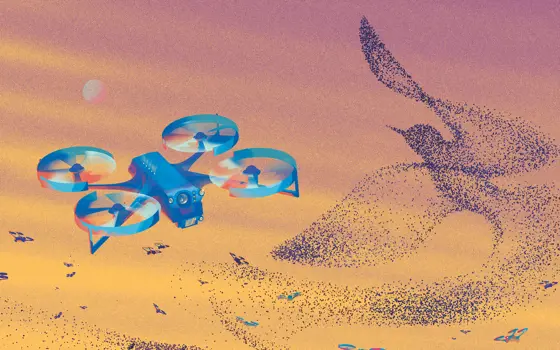
- Technology & robotics
- Issue 97
Engineering swarm robotics
Dr Anna Ploszajski explores the engineering that goes into copying one of nature’s finest spectacles, and some of the surprising applications possible when robots work together.
Quick read

- Aerospace
- Design & manufacturing
- Technology & robotics
- Innovation Watch
How AI can help 3D print perfect plane parts
Finding and correcting 3D printing errors is especially tough in the aerospace sector: a part with even a 300-micron defect could be catastrophic.
Quick read
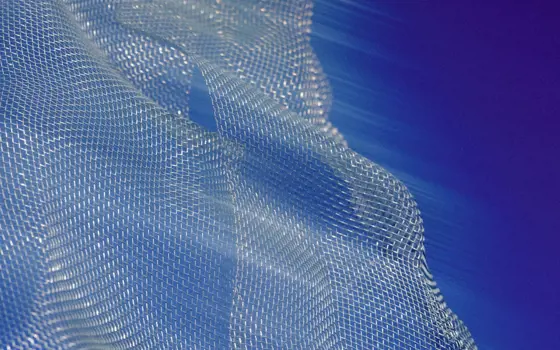
- Electricals & electronics
- Technology & robotics
- Opinion
- Issue 96
Securing the Internet of Everything
Our IoT devices need engineers to safeguard our privacy, say Oktay Cetinkaya and Peter Novitzky.
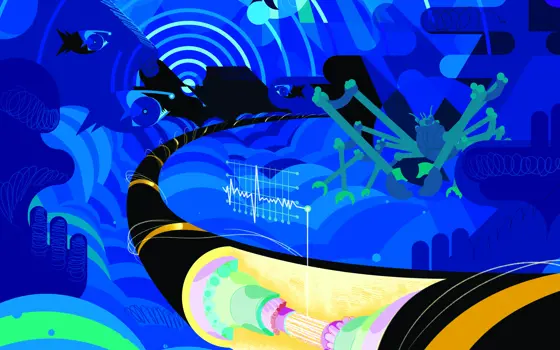
- Electricals & electronics
- Technology & robotics
- Issue 96
Undersea information sharing
Undersea cables transport vast amounts of data across the world – and even detect whales and earthquakes.
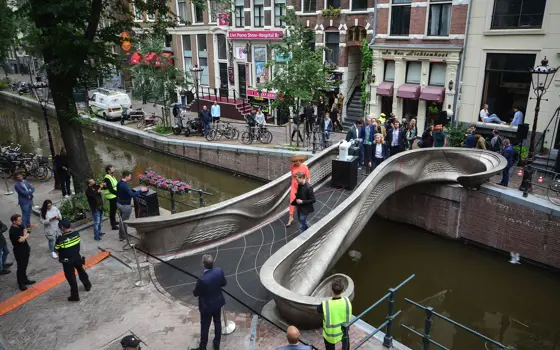
- Civil & structural
- Technology & robotics
- Software & computer science
- Issue 94
3D printing a bridge with a twin
Virtual models of structures could help engineers use less material and save CO2 emissions in future construction projects – like with this 3D-printed bridge in Amsterdam.
Quick read
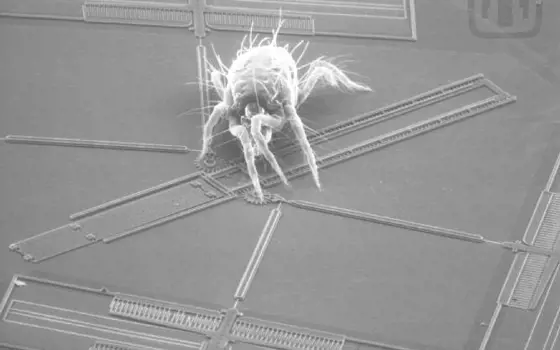
- Electricals & electronics
- Technology & robotics
- How does that work?
- Issue 94
Microelectromechanical systems (MEMS)
Microelectromechanical systems (MEMS) help to make many of our everyday items work, from Air Pods to airbags.
Quick read
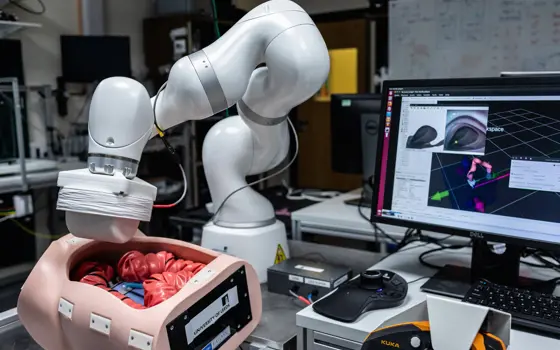
- Health & medical
- Technology & robotics
- Innovation Watch
- Issue 94
Perfecting pain-free colonoscopies
Researchers are developing magnetically guided robotic instruments to make colonoscopies less painful for patients.
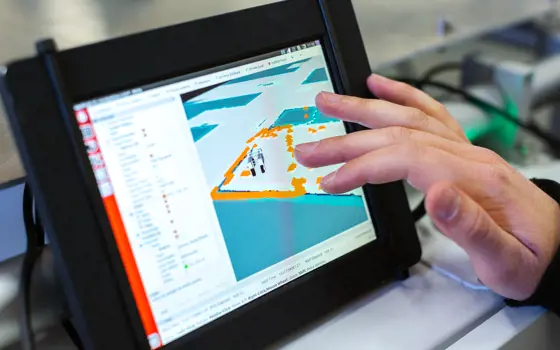
- Technology & robotics
- Software & computer science
- Issue 93
Using data in engineering
In engineering, data is being used in multiple ways to accelerate the transition to renewable energy and reduce unnecessary use of resources.
Quick read
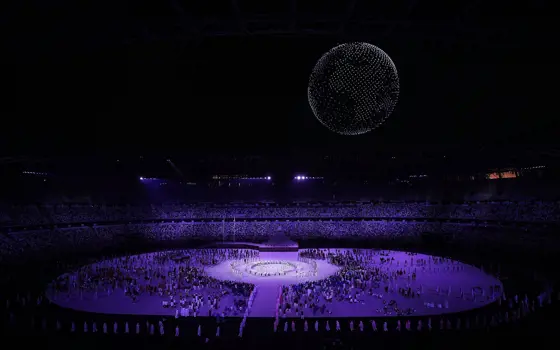
- Technology & robotics
- How does that work?
- Issue 93
How do drone displays work?
From London’s new year fireworks to the Tokyo 2022 Olympic opening ceremony, coordinated drone displays are creating spectacular light shows in the night skies, with clever engineering creating a system that can be flown safely and repeatedly.
Quick read
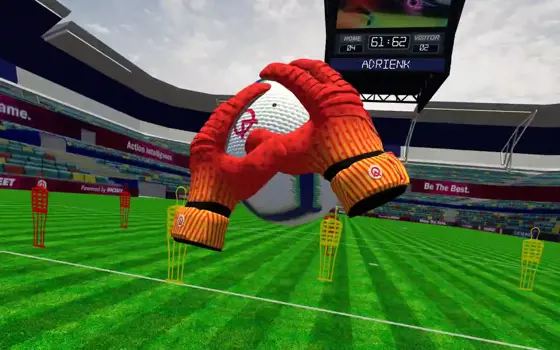
- Technology & robotics
- Sports & leisure
- Innovation Watch
- Issue 93
Bend it like a simulated avatar
The world's top free-kick-takers can curve a football in a way the goalkeeper can’t anticipate. Training to save these is no easy task. Now, Belfast startup INCISIV just might have a helping hand for goalies, with an ultra-programmable virtual reality technology.
Quick read
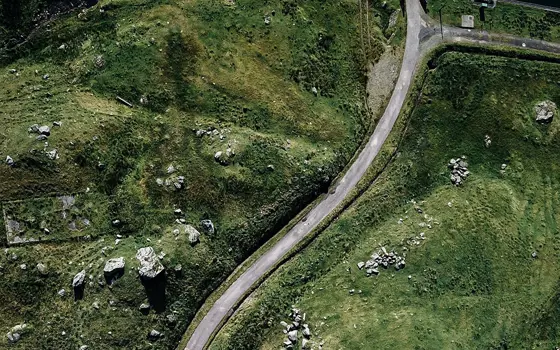
- Arts & culture
- Technology & robotics
- Innovation Watch
How AI can unearth archaeological sites
Humans from long ago have left all kinds of marks on landscapes. An AI tool from startup ArchAI, could help find these ancient traces.
Quick read

- Technology & robotics
- Software & computer science
- Sports & leisure
- How does that work?
- Issue 92
Face filters
It started with face swaps, flower crowns and appended dog ears. Now, all manner of transformative sorcery is just a tap away.
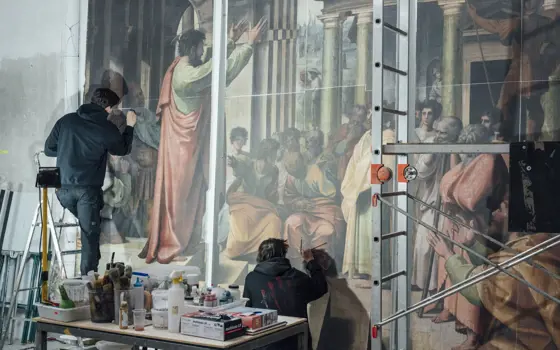
- Design & manufacturing
- Arts & culture
- Technology & robotics
- Issue 92
The technologies that recreate historic artworks
Did you know Churchill's wife once set a portrait of him on fire because he hated it so much? Factum Arte used modern technology to recreate it, so it lives to see another day – sorry Clementine.

- Aerospace
- Electricals & electronics
- Technology & robotics
- Issue 92
Why microseconds matter
Time’s time to shine: why is ultra-precise time so important for everything from bank transactions to public transport? The NPL’s Dr Leon Lobo explains all.
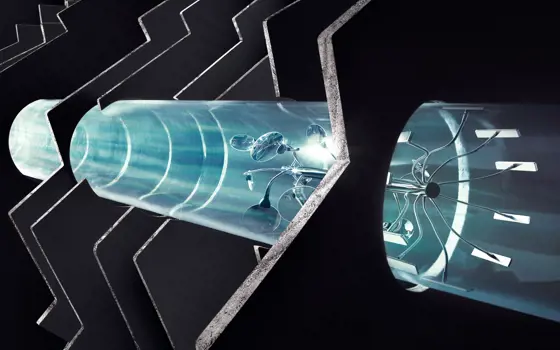
- Technology & robotics
- Issue 91
Adding value through maintenance
Failures of transport, power and other essential services cost billions a year. Maintenance engineering minimises these events to keep society running smoothly. Technologies such as sensors, big data, artificial intelligence and robotics are playing increasingly important roles.
Quick read
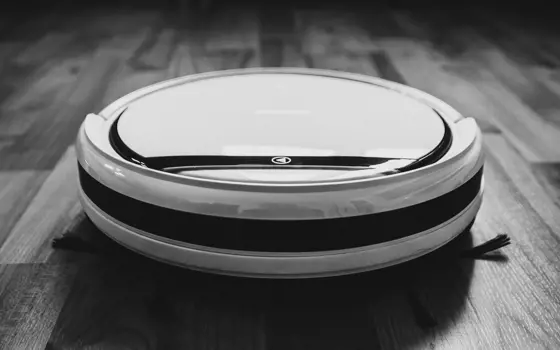
- Electricals & electronics
- Technology & robotics
- How does that work?
- Issue 90
Robotic vacuum cleaners
Twenty years after the Roomba's original release, the latest generation of robotic vacuum cleaners incorporate sophisticated machine vision technology to steer clear of electrical cables, stray socks and pet poo.

- Electricals & electronics
- Technology & robotics
- Profiles
- Issue 90
An innovator who fills a vacuum
From outer space to the depths of the earth, Professor Trevor Cross FREng seeks new uses of the technologies that enabled the electronic revolution.
Quick read
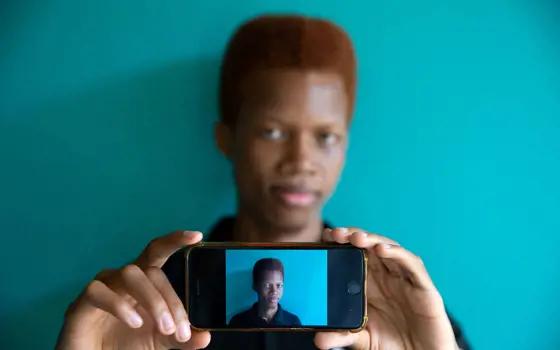
- Software & computer science
- Technology & robotics
- Innovation Watch
- Issue 88
Remote and secure ID verification
Charlette N’Guessan is an Ivorian tech entrepreneur who is passionate about solving local challenges with technology. She used her software engineering background to launch BACE API, a digital identity verification system currently being used in financial services in West Africa.
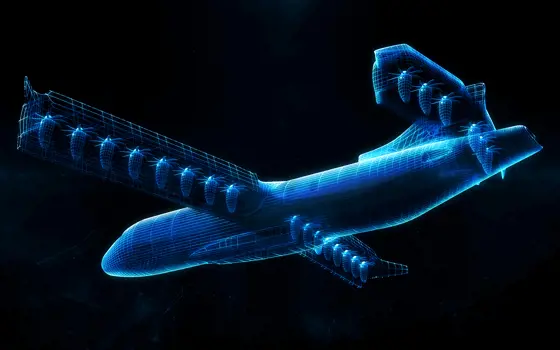
- Technology & robotics
- Issue 87
Creating a virtual replica
Digital twins provide virtual replicas of a physical object or system, such as a bridge or an engine, that engineers use for simulations before something is created or to monitor its operation in real time. Mark Girolami from the Alan Turing Institute explains how digital twins are transforming engineering.

- Technology & robotics
- Issue 87
How to make a mobile technology revolution
Professor Stephen Temple CBE FREng led the UK's part in launching GSM (Global System for Mobile Communications), which transformed mobile communications across the world. He looks at its impact on the journey from 1G to 5G in the way that mobile technology generations are created.
Quick read

- Software & computer science
- Technology & robotics
- How does that work?
- Issue 86
How do chatbots work?
As human interaction online gradually gives way to automated responses, chatbots must impersonate us without attempting to replicate human empathy or enthusiasm.
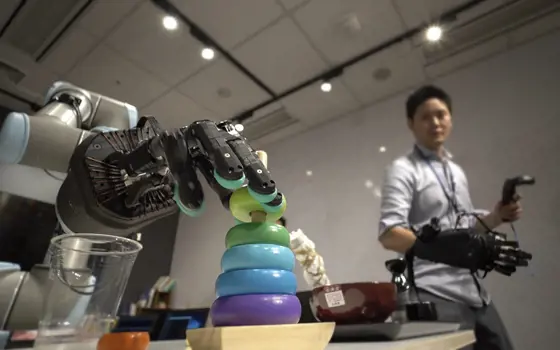
- Technology & robotics
- Issue 84
Hands as machines
Robotic hands act as prosthetic devices, either as the functional replacement for a missing natural hand, or as machines. The director of Shadow Robot Company speaks about the mechanical hands doing tasks that human hands cannot.
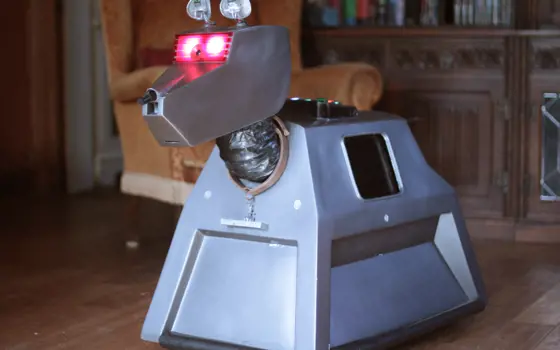
- Technology & robotics
- Issue 84
Learning code with robots
Richard Hopkins FREng has built a full-size robotic dog out of inexpensive and easy-to-access technology. K9 can hold a conversation, move without a human controller and ‘see’ his surroundings. Richard explains how K9 works, and how he’s using the robot to inspire the next generation of engineers.
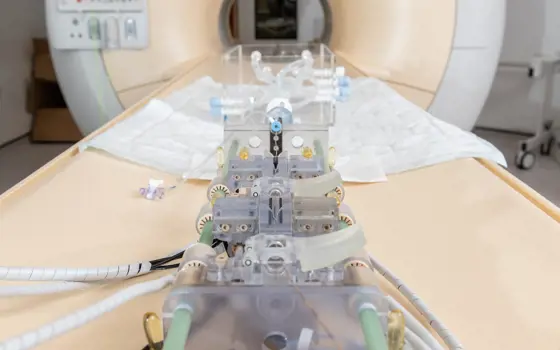
- Technology & robotics
- Health & medical
- Issue 83
Robotic assistance in surgery operating theatres
Robotic systems are increasingly in use in hospital settings. Examples of engineers providing high-tech support to surgeons include in augmented reality, holding organs in place and robotic devices for endovascular interventions.
Quick read
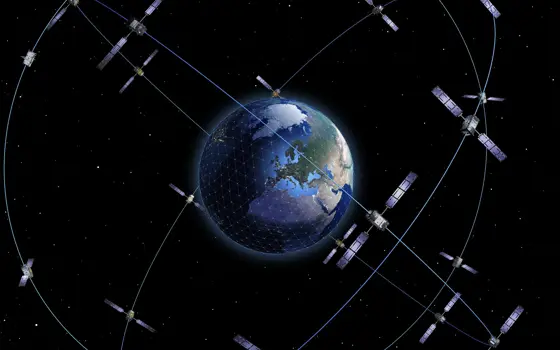
- Electricals & electronics
- Aerospace
- Technology & robotics
- How does that work?
- Issue 81
Global positioning system (GPS)
The global positioning system (GPS) enables anyone with a smartphone or navigation units on cars to pinpoint their location or tell the time. Initially developed for military use, it now has applications ranging from aviation safety and banking to rescuing ships in distress.
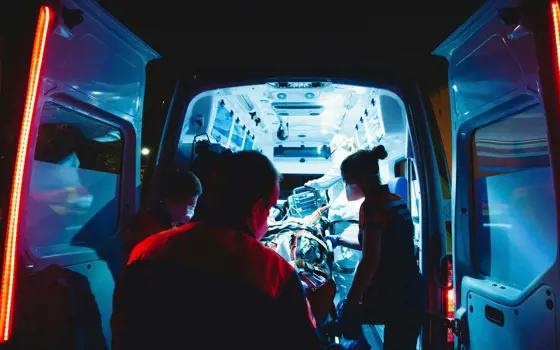
- Technology & robotics
- Opinion
- Issue 81
New tech creates 999 opportunities
Dr Nigel P Brown, the contingencies secretariat for the UK cabinet office, considers the future of emergency communications involving new technologies, such as voice analysis in calls, increased location accuracy and sensors to access vital signs to deliver a more efficient and effective service.
Quick read
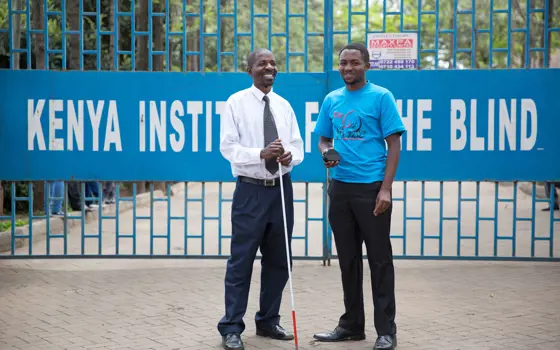
- Technology & robotics
- Innovation Watch
- Issue 80
Echo-location for navigation
The Sixth Sense is a handheld device that uses echo-location and haptic feedback to help people with visual impairments and blindness get about safely.
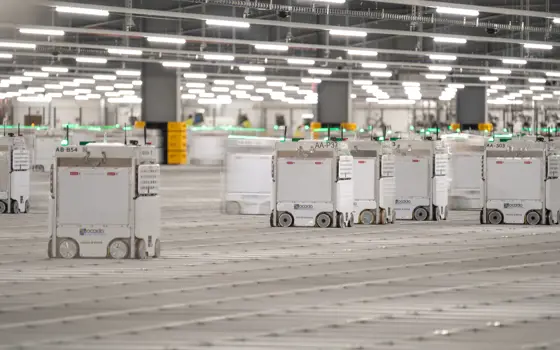
- Technology & robotics
- Issue 80
Hives of activity
Ocado’s new automated warehouse in Erith is one of the most sophisticated in the world, with thousands of robots collaborating to pick and pack customer grocery orders. Neil Cumins spoke to Paul Clarke CBE, Ocado’s Chief Technology Officer, to find out more about the innovations that make the online supermarket work.

- Technology & robotics
- Opinion
- Issue 80
AI is not magic but it is complex
Mandy Chessell CBE FREng, an IBM Distinguished Engineer, looks at the ethical responsibilities for engineers developing AI technology and what legal and governmental frameworks that still need to be established so that it can be trusted.

- Technology & robotics
- Electricals & electronics
- Issue 79
Hollowing out a future in fibre optics
Optical fibres are used in many settings, from computer networks to broadcasting and medicine, to carry information. The fibres are usually made up of strands of glass, each one thinner than human hair, but researchers have been working on fibres to transmit data that contain just air.
Quick read
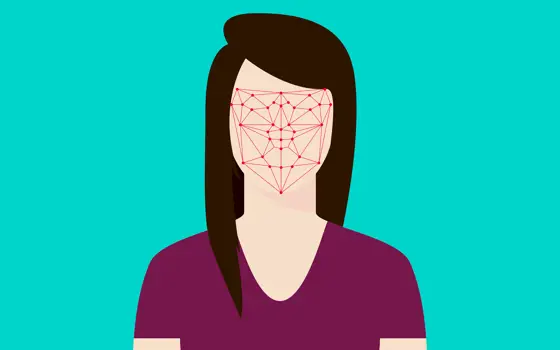
- Technology & robotics
- How does that work?
- Issue 79
3D facial recognition technology
Facial recognition technology can identify or verify a person using information from a digital image or video. The technology is used in many different systems but hit headlines as a feature of Apple’s iPhone X.
Quick read
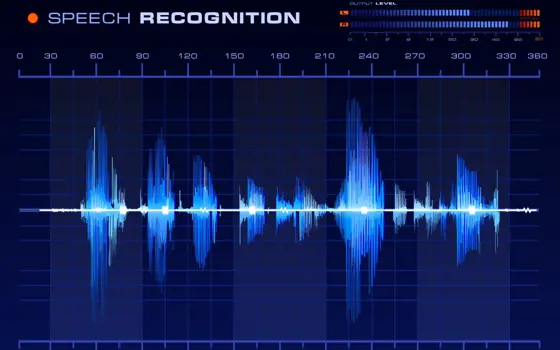
- Technology & robotics
- Issue 77
Speech recognition
Speech recognition is a machine or program’s ability to recognise spoken words and phrases and convert them into a machine-readable format. The software is now a common feature in several devices, including smartphones, computers and virtual assistants.
Quick read

- Aerospace
- Technology & robotics
- How I got here
- Issue 76
Q&A: Sinead O'Sullivan
Sinead O’Sullivan is an academic researcher at Harvard Business School and the US Center for Climate and Security, working on aerospace engineering, technology, business and policy. She is also commercialising technology to monitor interference in democratic elections.
Quick read
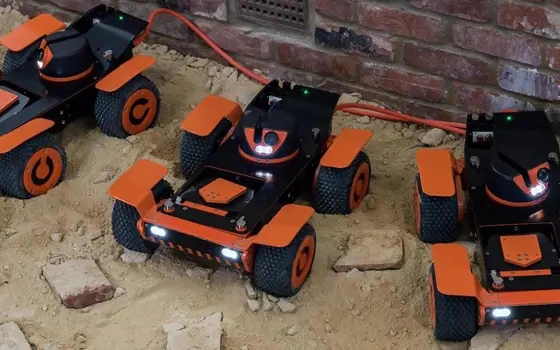
- Technology & robotics
- Innovation Watch
- Issue 76
Heating homes with robots
Construction technology company Q-Bot has created robots that can install underfloor insulation without messy construction work, solving the problem of heat loss, that occurs when suspended flooring is installed in homes and allows the entry of cold air.
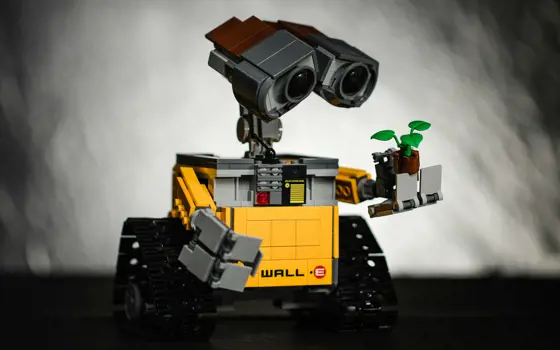
- Technology & robotics
- How does that work?
- Issue 74
How do robots work?
While there are many different types of robots, which perform tasks as varied as space exploration, shelf-stacking and surgery, they still have core features in common. A robot can sense its environment, plan an action and then carry out the action.
Quick read
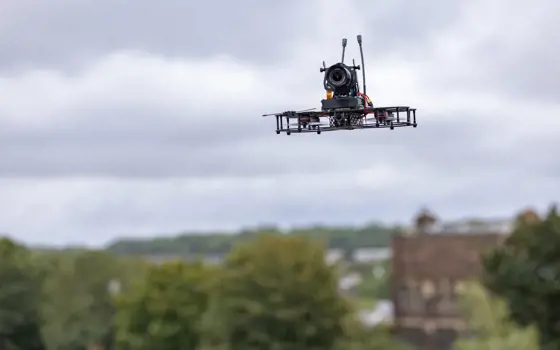
- Technology & robotics
- How does that work?
- Issue 73
Drones
Unmanned aerial vehicles have been in operation for many years, particularly for military purposes. However, recent advances in technology have increased the potential uses of drones, such as for aerial photography, agriculture, and search and rescue.
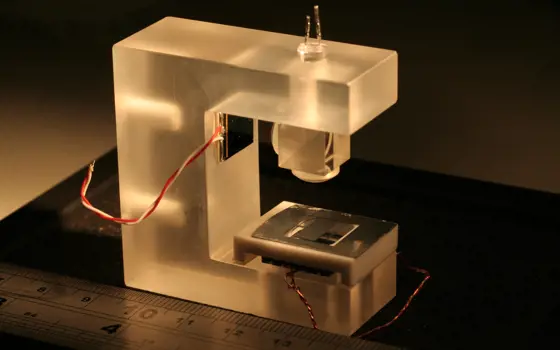
- Electricals & electronics
- Technology & robotics
- Innovation Watch
- Issue 73
The world's smallest gravimeter
Researchers at the University of Glasgow have adapted smartphone accelerometer technology to make the first small and affordable gravimeter, the Wee-g, able to detect tiny changes in gravity.
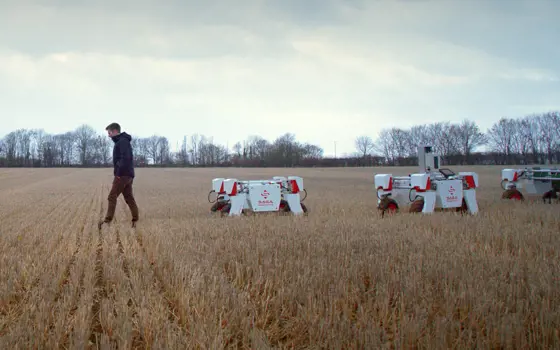
- Technology & robotics
- Opinion
- Issue 71
Robotics and AI – driving the UK’s industrial strategy
Professor Guang-Zhong Yang CBE FREng, Director and Co-founder of The Hamlyn Centre for Robotic Surgery and UK-RAS Network Chair, sets out how investment in robotics and artificial intelligence could transform the UK’s industry, economy and workplaces.
Quick read
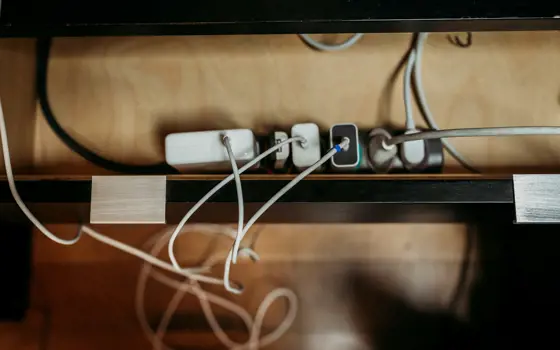
- Electricals & electronics
- Technology & robotics
- How does that work?
- Issue 70
Powerline networking
Most homes and businesses use wireless networks so powerline networking, which uses electrical wiring as a data network, may be considered a redundant technology. However, it’s a simple technology that complements wireless by reaching those areas that might be beyond a Wi-Fi network.
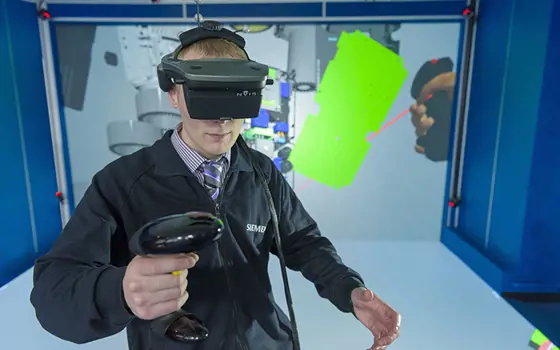
- Technology & robotics
- Software & computer science
- Issue 70
How virtual reality is changing engineering
Virtual reality is now well established in multiple industries and sectors, from entertainment, communications and education to design, scientific research and defence. Professor Anthony Steed explores how companies use immersive tech to transform their engineering processes.

- Arts & culture
- Technology & robotics
- Issue 69
Engineering personality into robots
Robots that have personalities and interact with humans have long been the preserve of sci-fi films, although usually portrayed by actors in costumes or CGI. However, as the field of robotics develops, these robots are becoming real. Find out about the scene-stealing, real-life Star Wars droids.
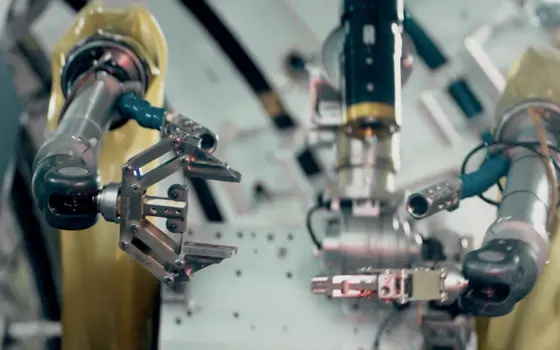
- Technology & robotics
- Opinion
- Issue 67
Robotics and autonomous systems - affecting everything that moves
Professor David Lane CBE FREng, Founding Director of the Edinburgh Centre for Robotics and lead author of the RAS2020, argues that the UK has made a promising start in leading technology and the development of ethical frameworks, but there is more to do.

- Technology & robotics
- Software & computer science
- Profiles
- Issue 67
A web of networks
Information technology has come a long way since David Cleevely CBE FREng investigated the suitability of computers for word processing and communications. He has been shaking up innovation in the UK and trying to do something about the advice that governments receive on technical matters.
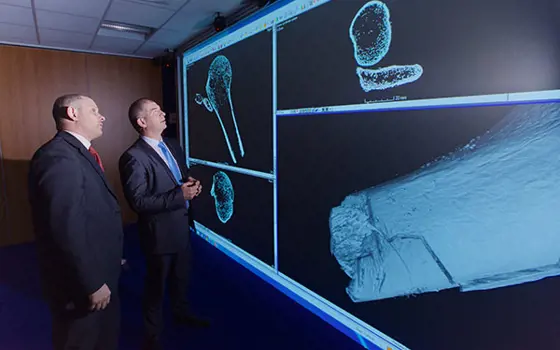
- Technology & robotics
- Issue 66
Digital Forensics
Laser scanning and digital prototyping can help the forensic investigation of crime scenes. Professor Mark Williams explains how his team’s technologies and expertise have helped solve serious crimes and aid the presentation of evidence to juries.
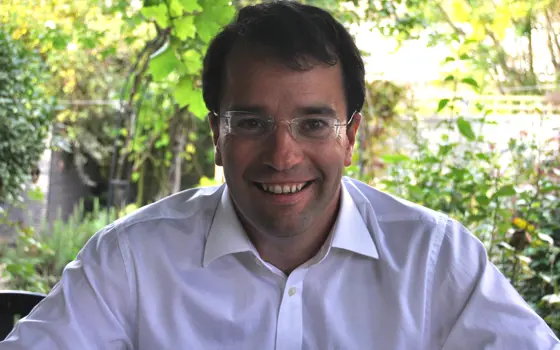
- Technology & robotics
- Profiles
- Issue 65
Instilling robots with lifelong learning
In the basement of an ageing red-brick Oxford college, a team of engineers is changing the shape of robot autonomy. Professor Paul Newman FREng explained to Michael Kenward how he came to lead the Oxford Mobile Robotics Group and why the time is right for a revolution in autonomous technologies.
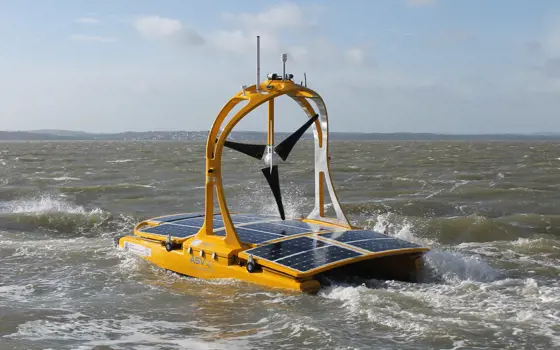
- Technology & robotics
- Issue 64
Autonomous systems
The Royal Academy of Engineering hosted an event on Innovation in Autonomous Systems, focusing on the potential of autonomous systems to transform industry and business and the evolving relationship between people and technology.
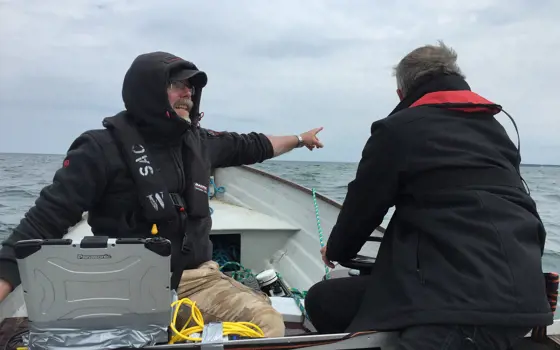
- Technology & robotics
- How does that work?
- Issue 64
Hydroacoustics
Useful for scientists, search and rescue operations and military forces, the size, range and orientation of an object underneath the surface of the sea can be determined by active and passive sonar devices. Find out how they are used to generate information about underwater objects.
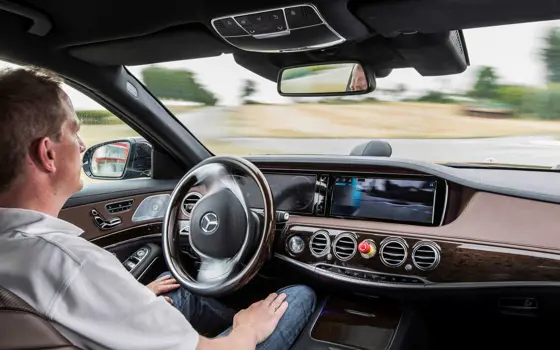
- Technology & robotics
- Mechanical
- Issue 61
When will cars drive themselves?
There are many claims made about the progress of autonomous vehicles and their imminent arrival on UK roads. What progress has been made and how have measures that have already been implemented increased automation?